June 23, 2025 | 08:26 GMT +7
June 23, 2025 | 08:26 GMT +7
Hotline: 0913.378.918
June 23, 2025 | 08:26 GMT +7
Hotline: 0913.378.918
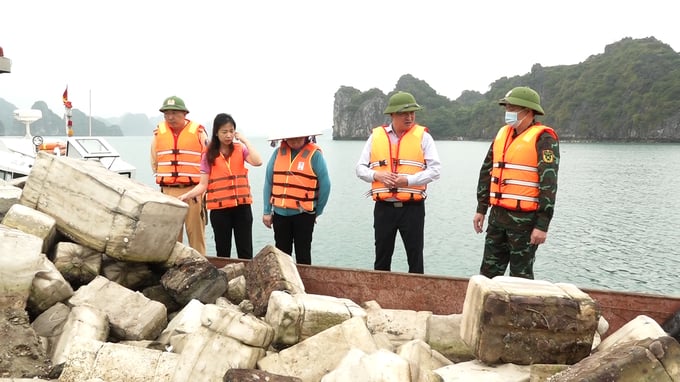
From 2021 to 2023, Van Don district collected nearly 10 million styrofoam buoys at sea. Photo: Nguyen Thanh.
In the past, marine farmers in Quang Ninh mainly used materials such as foam buoys and bamboo rafts. These are low-cost materials that people with marine farming models can easily invest in. According to Quang Ninh Department of Agriculture and Rural Development, foam buoys have good buoyancy but their average durability is only 2-3 years. In the long term, the use of foam buoys will have negative impacts on the marine environment.
After only a few years of use, the styrofoam will decompose, breaking into small pieces that drift on the sea surface. When washed ashore by waves, it turns into inorganic waste that is difficult to deal with. When floating on the sea, it becomes a food trap, killing marine life.
Quang Ninh province has issued Decision No. 30/2021/QD-UBND on amending and supplementing a number of articles of the Local Technical Regulations on materials used as buoys in brackish and saltwater farming. This is Quang Ninh's solution in managing, reviewing and closely monitoring to minimize waste from materials that are not environment-friendly and unsustainable at sea.
Quang Ninh is the first locality in Vietnam to lay out standards for floating materials in marine farming. The province's policy of converting foam buoys to HDPE plastic buoys is considered the right direction. Thanks to the decisive move, after Typhoon No. 3, most of the HDPE plastic buoys of the people can be reused.
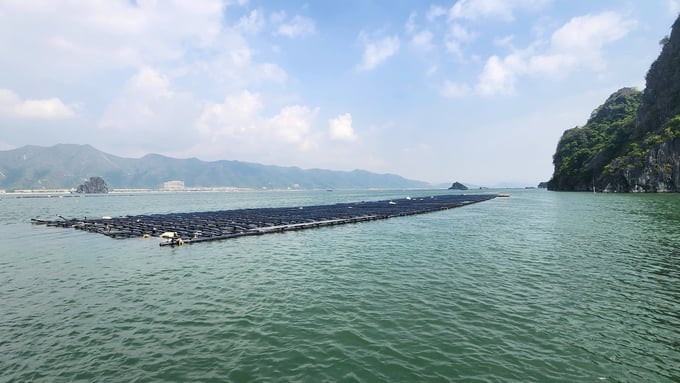
STP Group's oyster and seaweed raft system was recovered after Typhoon No. 3. Photo: Nguyen Thanh.
STP Group is known as a pioneer in using sustainable HDPE plastic for marine farming in Quang Ninh. Due to the impact of Typhoon No. 3, STP Group's marine farming facility in Ha Long commune, Van Don district was severely damaged. One thing to note was that the marine cage system was quickly located and recovered despite having been swept away by the merciless storms.
Nguyen Van Thang, an officer in charge of STP Group’s farm, said, “STP’s cage system is made of HDPE plastic, assembled from many modules, and each module has a serial number and data for navigation. We can therefore quickly find the farming infrastructure, reducing the level of damage and soon bringing the farm back to its normal state”.
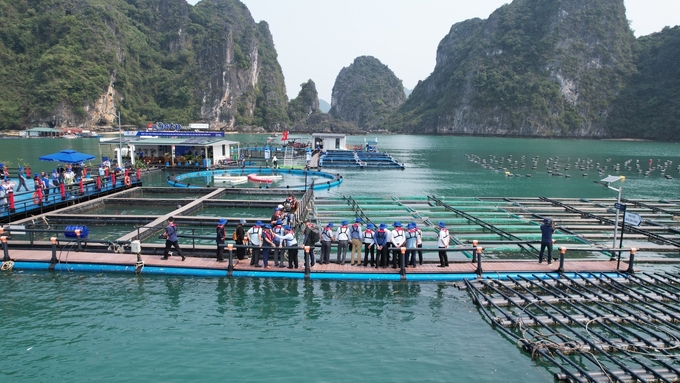
Quang Ninh is determined to overcome the remaining weaknesses in marine farming. Photo: Cuong Vu.
Marine farming in response to climate change
After Typhoon No.3, Chairman of Quang Ninh People's Committee Cao Tuong Huy acknowledged in an open manner that the province had exposed weaknesses in many industries specifically marine farming.
“Perhaps we should not only stop at standardizing environment-friendly marine farming materials but also consider solutions to respond to climate change, upgrading the material design to a level of resistance above storm level 12," he said.
Chairman Huy recalled a recent event, the marine farming conference organized by Quang Ninh province, in coordination with the Ministry of Agriculture and Rural Development and Vietnam Agriculture News. A Norwegian enterprise came to the event and introduced a system of cages that sunk automatically when storms occurred.
"In countries with strong marine farming industries such as Norway and Japan, when encountering storms of level 12 or higher, the cage system sinks itself and returns to normal when the storm dissipates. As a latecomer, Vietnam has the full conditions to access the technology. Calculating to ensure both efficiency and adaptation to natural disasters must be a mandatory requirement when starting to restore marine farming," said the Chairman of Quang Ninh People's Committee.
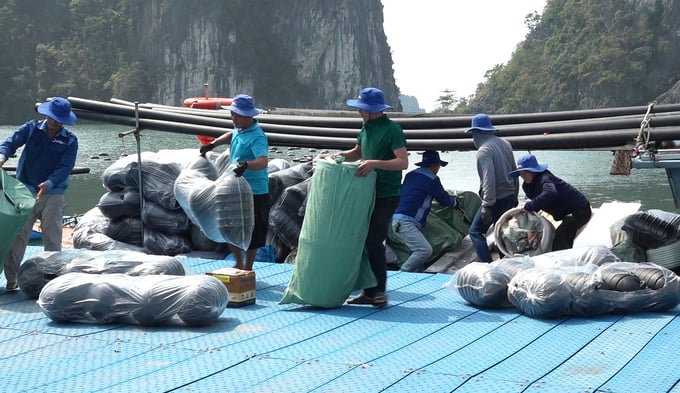
STP Group's marine farm is undergoing repairs to quickly restore production. Photo: Nguyen Thanh.
According to STP Group General Director Nguyen Thi Hai Binh, the unit has been modernizing and technologicalizing its products, one of which is installing data for the products. "In the future, STP Group will have cage systems that, in the event of a big storm, will automatically sink to the bottom of the sea and preserve the fish in the 3D net environment. With this technology, I think it is worth investing in if your aim is toward sustainable production".
HDPE cages, plastic buoys, and composite buoys have been and are the standards in marine farming. The current problem is that there needs to be a mechanism for people to feel secure when making investments.
"If the sea area is not handed over to the people for a long enough period of time, they can only invest in normal materials. We are preparing a plan, which is to invest and mortgage the project that will be invested to the bank, then borrow capital. To do that, those works in marine farming models must be thoroughly inspected," said Nguyen Thi Hai Binh.
Translated by Samuel Pham
![Turning wind and rain into action: [11] Ten years before storms, after every harvest](https://t.ex-cdn.com/nongnghiepmoitruong.vn/608w/files/news/2025/06/20/z6704423696987_15fd32ffc26d590d204d520c9dac6786-nongnghiep-140922.jpg)
(VAN) With WeatherPlus, every raindrop and every breeze carries a message. And if we learn to listen, the fields will no longer live in fear of the weather.
![Turning wind and rain into action: [10] Advancing accessible climate services for farmers](https://t.ex-cdn.com/nongnghiepmoitruong.vn/608w/files/linhnhp/2025/06/20/1911-z6704423696987_15fd32ffc26d590d204d520c9dac6786-nongnghiep-161854.jpg)
(VAN) Not only does it help farmers 'avoid droughts and rains,' the development of agricultural climate services also enhances their ability to proactively adapt to a rapidly changing climate.
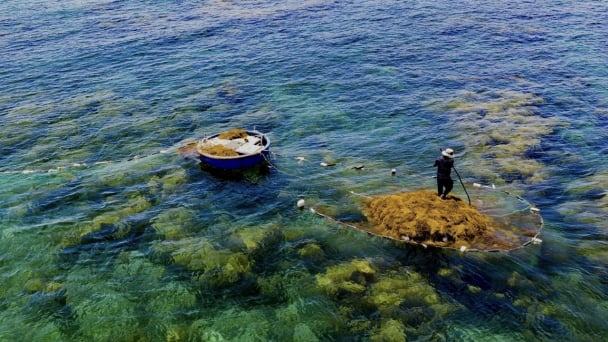
(VAN) With international assistance, the harvesting of sargassum seaweed in Quang Ngai has become increasingly regulated, thereby safeguarding marine life and ensuring the stability of coastal communities' livelihoods.
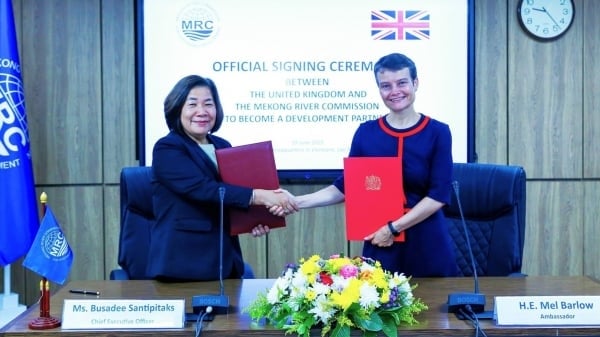
(VAN) On June 19, the United Kingdom officially became a Development Partner of the Mekong River Commission.
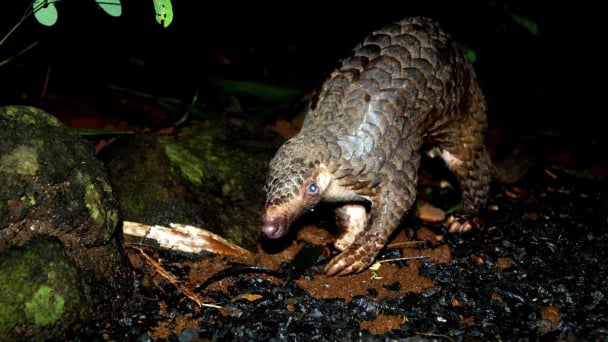
(VAN) Biodiversity is being threatened by traditional remedies made from wildlife. Traditional medicine and humans must change to live in harmony with nature.
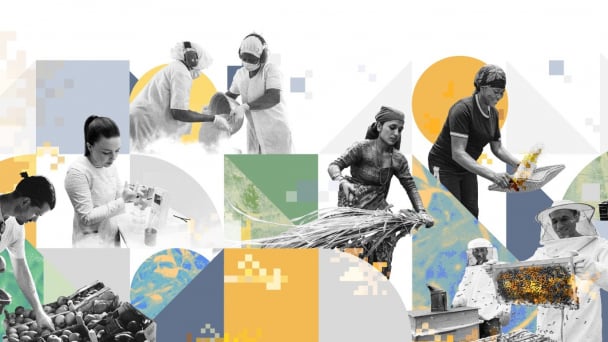
(VAN) Agrifood investment and finance solutions for people and the planet.
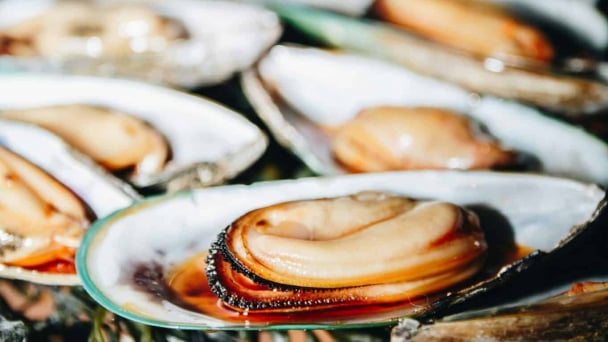
(VAN) Microplastic contamination has become pervasive in seafood, posing unprecedented challenges for food safety and marine ecosystems.